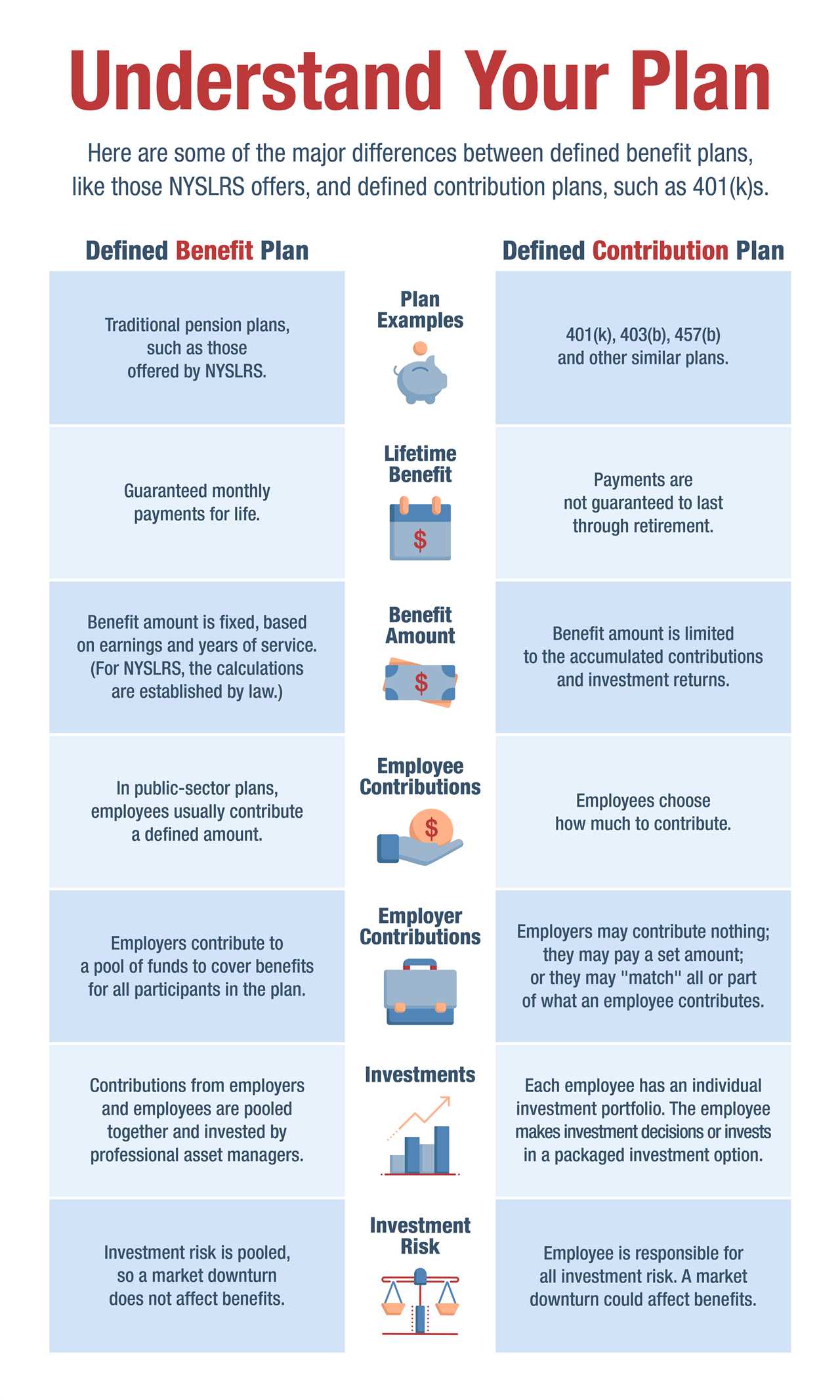Exploring the Mechanics of a Plan

One of the key aspects of a plan is the identification of the target audience or beneficiaries. This involves determining who will benefit from the plan and how it will impact their lives. For example, in the case of a pension plan, the target audience would be individuals who are planning for their retirement.
Another important component of a plan is setting clear and measurable goals. These goals provide a roadmap for success and help to track progress along the way. In the context of a pension plan, goals may include achieving a certain level of savings or ensuring a certain income level during retirement.
Once the goals are established, the next step is to develop strategies and tactics to achieve them. This may involve saving a certain percentage of income, investing in specific financial instruments, or seeking professional advice. The strategies should be tailored to the unique needs and circumstances of the target audience.
Implementation is a crucial part of the plan’s mechanics. It involves putting the strategies into action and monitoring progress towards the goals. Regular reviews and adjustments may be necessary to ensure that the plan remains on track and continues to meet the needs of the beneficiaries.
Communication is also an essential aspect of a plan. It is important to clearly communicate the objectives, strategies, and progress to all stakeholders involved. This helps to build trust and ensure that everyone is aligned and working towards the same goals.
Unveiling the Importance of Pensions
Retirement is a phase of life that everyone looks forward to. It is a time when individuals can finally relax and enjoy the fruits of their labor. However, without proper financial planning, retirement can become a daunting prospect. This is where pensions come into play.
A pension is a financial arrangement that provides individuals with a regular income after they retire. It is a form of retirement plan that ensures individuals have a steady source of income to support their lifestyle during their golden years. Pensions are typically funded by contributions from both the individual and their employer.
The Benefits of Having a Pension
Having a pension offers numerous benefits that make it an essential part of retirement planning. Here are some key advantages:
| 1. Financial Security: | A pension provides individuals with a reliable source of income, ensuring financial security during retirement. It allows retirees to maintain their standard of living and meet their expenses without relying solely on savings or government benefits. |
| 2. Tax Advantages: | Pensions often come with tax advantages. Contributions made to a pension plan are usually tax-deductible, reducing the individual’s taxable income. Additionally, the growth of the pension fund is tax-deferred, meaning individuals do not have to pay taxes on the investment gains until they start receiving pension payments. |
| 3. Employer Contributions: | In many cases, employers also contribute to their employees’ pension plans. This means that individuals can benefit from additional funds being added to their retirement savings, increasing the overall value of their pension. |
| 4. Flexibility: | Pension plans often offer flexibility in terms of how individuals can receive their retirement income. They can choose to receive a lump sum payment, regular monthly payments, or a combination of both, depending on their financial needs and goals. |
Planning for a Secure Retirement
It is crucial for individuals to start planning for their retirement early on in their careers. By contributing to a pension plan, individuals can ensure a financially secure future. It is advisable to seek professional financial advice to determine the best pension plan options based on individual circumstances and goals.

Emily Bibb simplifies finance through bestselling books and articles, bridging complex concepts for everyday understanding. Engaging audiences via social media, she shares insights for financial success. Active in seminars and philanthropy, Bibb aims to create a more financially informed society, driven by her passion for empowering others.
